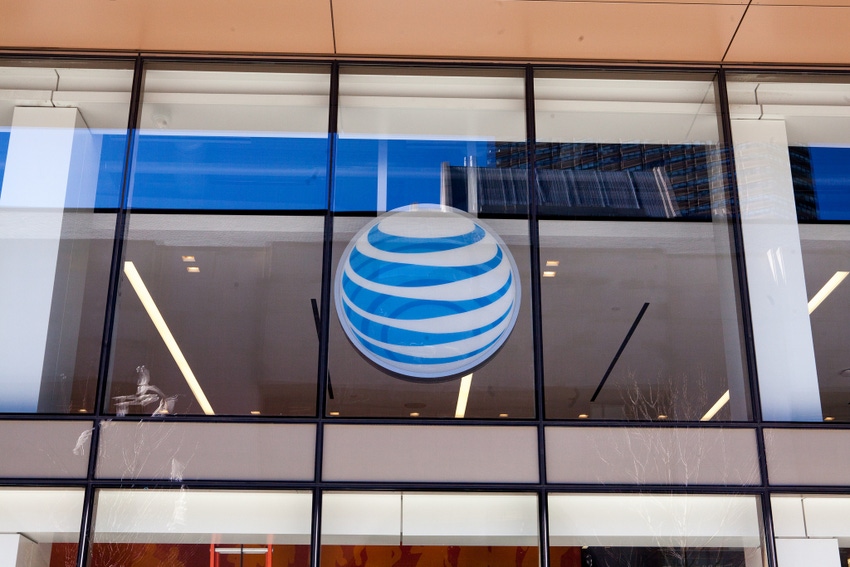FCC approves AT&T’s DirecTV deal under strict conditions
The FCC has given AT&T the green light to go ahead with its acquisition of pay-TV operator DirecTV, under some strict expectations, which will see the telco bolster its multiplay strategy and customer base.
July 27, 2015

The FCC has given AT&T the green light to go ahead with its acquisition of pay-TV operator DirecTV, under some strict expectations, which will see the telco bolster its multiplay strategy and customer base.
Thought to be valued at approximately $50 billion, AT&T’s purchase of DirecTV will see the telco acquire its customer base of roughly 20.5 million subscribers, according to Ovum’s WBIS. Randall Stephenson, AT&T’s CEO, reckons it’s now the largest pay-TV provider in the world, which may receive some debate from Asia considering China Telecom has an IPTV customer base of around 34 million. Stephenson said the transaction will see AT&T become a totally different company.
“This transaction allows us to significantly expand our high-speed Internet service to reach millions more households, which is a perfect complement to our coast-to-coast TV and mobile coverage,” he said. “We’re now a fundamentally different company with a diversified set of capabilities and businesses that set us apart from the competition.”
The acquisition now pushes AT&T ahead of Comcast as the USA’s leading TV operator – with a combined 22.12% of the market compared to 18.84% for Comcast. Things may have been different if Comcast had been able to get its hands on Time Warner Cable and the near 10% market share it enjoys, though the FCC knocked the deal back due to fears of unfair domination by Comcast given its significant TV and internet market shares.
Tom Wheeler, the FCC chairman, said at the time the merger between Comcast and TWC risked competition and innovation due to the coming together of two market leading companies. “The proposed transaction would have created a company with the most broadband and the video subscribers in the nation alongside the ownership of significant programming interests,” he said. “Today an online video market is emerging that offers new business models and greater consumer choice. The proposed merger would have posed an unacceptable risk to competition and innovation, including the ability of online video providers to reach and serve customers.”
Considering the FCC’s stance regarding two giant players coming together, it is interesting to see the regulator accept the “combination of AT&T, one of the nation’s largest telephone and internet service providers, and DIRECTV, the nation’s largest satellite video provider,” albeit with some conditions. It wouldn’t be surprising if Comcast isn’t hugely impressed.
The conditions the FCC put in place, agreed to by AT&T, means the provider will have guarantee new service levels for its residential and consumer facing internet business, including the following:
Fibre to the premises deployment; whereby AT&T must expand its FTTP service to 12.5 million customer locations, primarily to allay fears of anti-competition in areas where AT&T and DirecTV were in direct competition.
Gigabit services to schools and libraries eligible for support from local telecommunications providers to ensure internet connectivity.
Non-discriminatory usage-based practices to make sure AT&T don’t apply data caps unfairly. “The Commission requires AT&T-DIRECTV, as a condition of this merger, to refrain from imposing discriminatory usage-based allowances or other discriminatory retail terms and conditions on its broadband internet service,” the FCC said in a statement.
Discounted broadband services for low-income subscribers. “The Commission accordingly requires as a condition of the merger that AT&T-DIRECTV make available an affordable, low-price standalone broadband service to low-income consumers in its broadband service area.
About the Author(s)
You May Also Like











_1.jpg?width=300&auto=webp&quality=80&disable=upscale)


.png?width=800&auto=webp&quality=80&disable=upscale)